For truck buyers, especially those who rely on their vehicles for towing, hauling, or long-distance driving, the transmission is a critical component that often determines long-term reliability and ownership costs.
While some trucks earn a reputation for lasting hundreds of thousands of miles without significant powertrain issues, others develop notorious track records for premature transmission failure.
This can lead to costly repairs, major downtime, and endless frustration for owners. Knowing which trucks have a track record of solid transmission performance—and which ones don’t—is invaluable when it comes time to buy.
Transmissions are subjected to incredible stress in trucks. Unlike sedans or crossover SUVs, trucks are often used under heavier loads and more extreme conditions. Whether it’s towing a camper uphill or hauling a ton of gravel, the transmission takes a beating.
This is where engineering quality, regular maintenance, and design durability come into play. Some manufacturers have cracked the code on long-lasting automatic and manual transmissions, offering drivers the peace of mind that their drivetrain won’t leave them stranded. Others have missed the mark, with design flaws or underbuilt components that struggle under even moderate use.
In this article, we’ll cover five trucks that are known for having exceptionally reliable transmissions—those workhorses that rarely leave their owners at the mercy of a mechanic—and five that have, unfortunately, earned the opposite reputation. While brand loyalty and personal experiences vary, the models listed here are based on widespread owner feedback, mechanical design tendencies, and long-term durability patterns.
If you’re in the market for a truck and want to make a smart investment—or avoid a financial disaster—this guide will help steer you in the right direction. Reliability isn’t everything, but when it comes to transmissions, it often spells the difference between a long-lasting companion and a lemon on wheels.
Also read: 5 Cars That Work With Any Mechanic and 5 That Need Experts
Trucks That Rarely Need New Transmissions
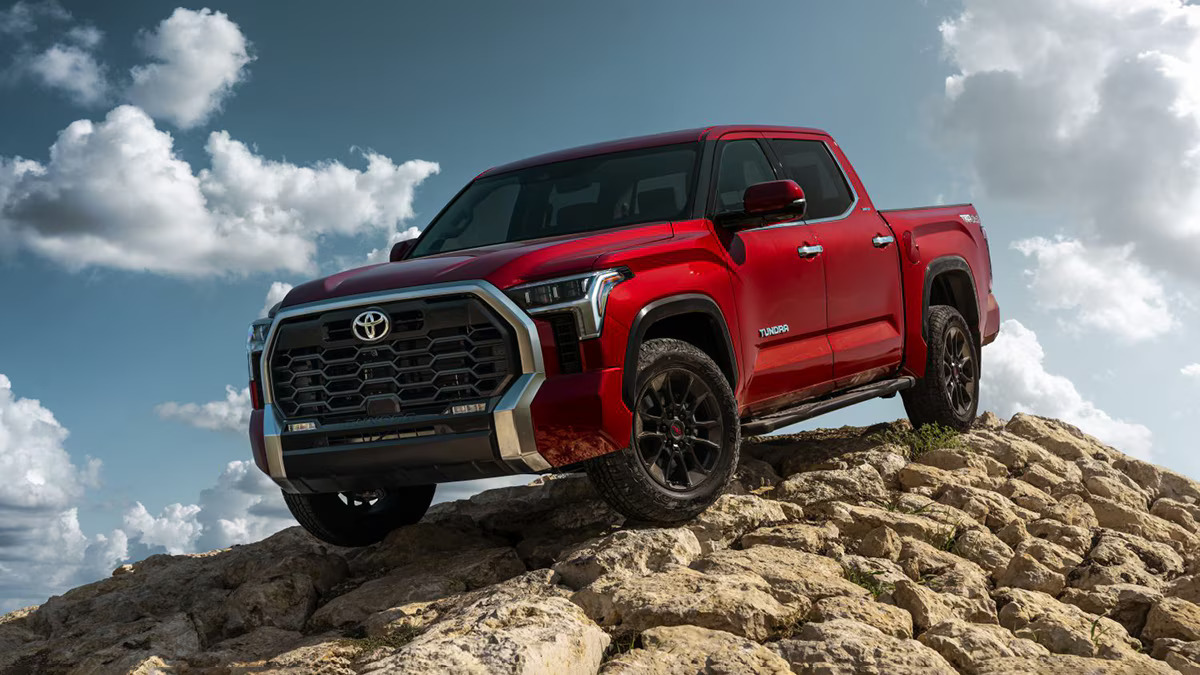
1. Toyota Tundra
The Toyota Tundra has long been considered a paragon of reliability in the full-size truck segment, and its transmission is a major part of that reputation.
Equipped with a sturdy automatic transmission that pairs well with its naturally aspirated V8 engines, the Tundra is built with longevity in mind. Many owners report surpassing the 200,000-mile mark with no transmission issues whatsoever, a rare feat among trucks that are often subjected to heavy workloads.
Toyota’s approach to durability includes overengineering key components, and the Tundra is a prime example of this philosophy. The 6-speed automatic found in earlier models is known for smooth shifts and minimal wear, even after years of use.
Moreover, Toyota tends to avoid risky new transmission technologies until they’re well-vetted, which means fewer problems from unproven designs. The conservative tuning and solid construction contribute to a drivetrain that simply keeps going, with minimal maintenance beyond fluid changes.
Owners who use the Tundra for regular towing or commercial applications often cite its transmission as one of the standout features. Unlike some competitors, which require transmission rebuilds after towing heavy loads, the Tundra’s gearbox holds up under pressure.
That’s one of the reasons it’s so popular among contractors, off-roaders, and overland enthusiasts. While the Tundra may not always lead the class in innovation, it frequently sets the bar for dependability.
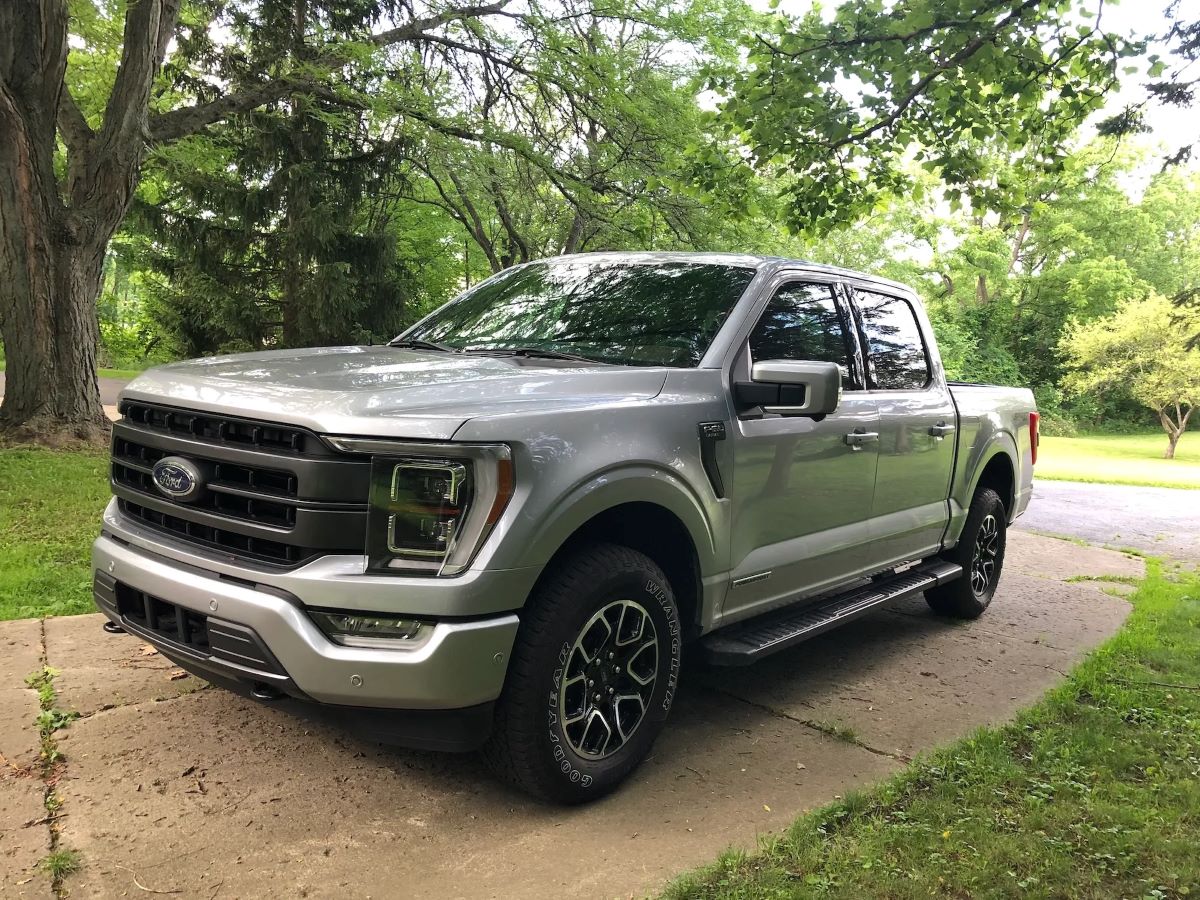
2. Ford F-150 (10-Speed, Recent Models)
The Ford F-150 has had its ups and downs over the decades, but recent models—especially those equipped with the 10-speed automatic co-developed with GM—have shown impressive durability. The 10R80 transmission, introduced in the late 2010s, has proven to be not only smooth and efficient but also reliable under a variety of conditions. It’s become a staple in Ford’s powertrain lineup, and with good reason.
Unlike some of the earlier 6-speed units that were hit-or-miss in terms of longevity, the 10-speed strikes a balance between performance and resilience. It handles torque well, which is critical in a truck that’s expected to tow, haul, and cruise comfortably on the highway.
Ford also improved the transmission’s cooling and shift logic, reducing strain and minimizing wear on internal components. Drivers often report that these newer units last beyond 150,000 miles with minimal issues, assuming routine maintenance is followed.
What sets this transmission apart is its adaptability. It pairs well with several engine options, from the 2.7L EcoBoost to the 5.0L V8. For buyers seeking a truck that’s both modern and dependable, the F-150 with the 10-speed automatic offers a compelling blend of performance and peace of mind. It might not be perfect, but it’s a far cry from the transmission nightmares some older Ford trucks have endured.
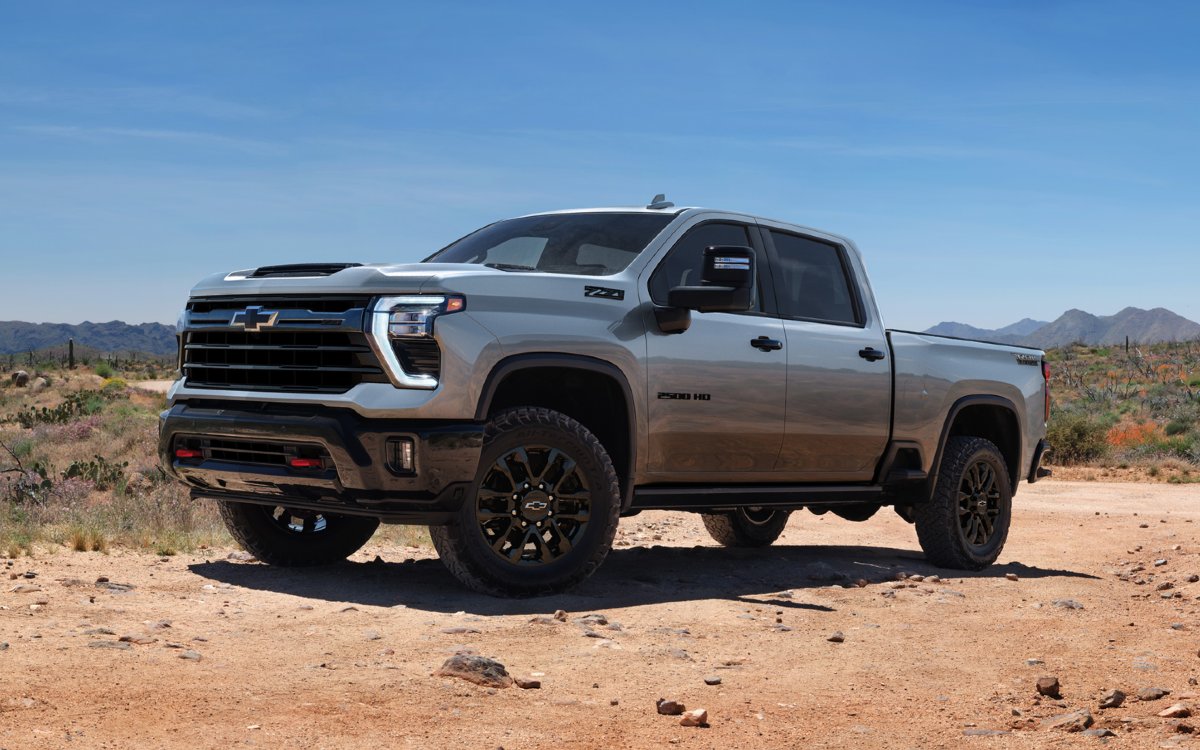
3. Chevrolet Silverado 2500HD (Allison Transmission)
One of the most respected names in heavy-duty truck transmissions is Allison, and when paired with the Chevy Silverado 2500HD, it creates a nearly bulletproof combination.
The Allison 1000 series transmission, available in Duramax diesel-equipped Silverados, is widely regarded as one of the most reliable transmissions in the truck world. Designed for towing and severe-duty applications, it’s made to handle abuse without breaking a sweat.
The Allison transmission’s strengths lie in its robust construction and advanced fluid dynamics. It’s engineered for longevity, with features like adaptive shift controls and thermal management systems that reduce wear.
These transmissions routinely go over 200,000 miles without requiring major service, even when used for towing heavy trailers or hauling construction equipment. Mechanics often praise them for their ease of maintenance and consistent performance under load.
For anyone looking at a used Silverado 2500HD with the Allison transmission, the powertrain should be one of the strongest selling points. It’s not uncommon to see commercial fleets rely on these trucks precisely because of how durable and low-maintenance the transmission is. While the rest of the truck might see wear over time, the transmission is usually not the part that gives out first.
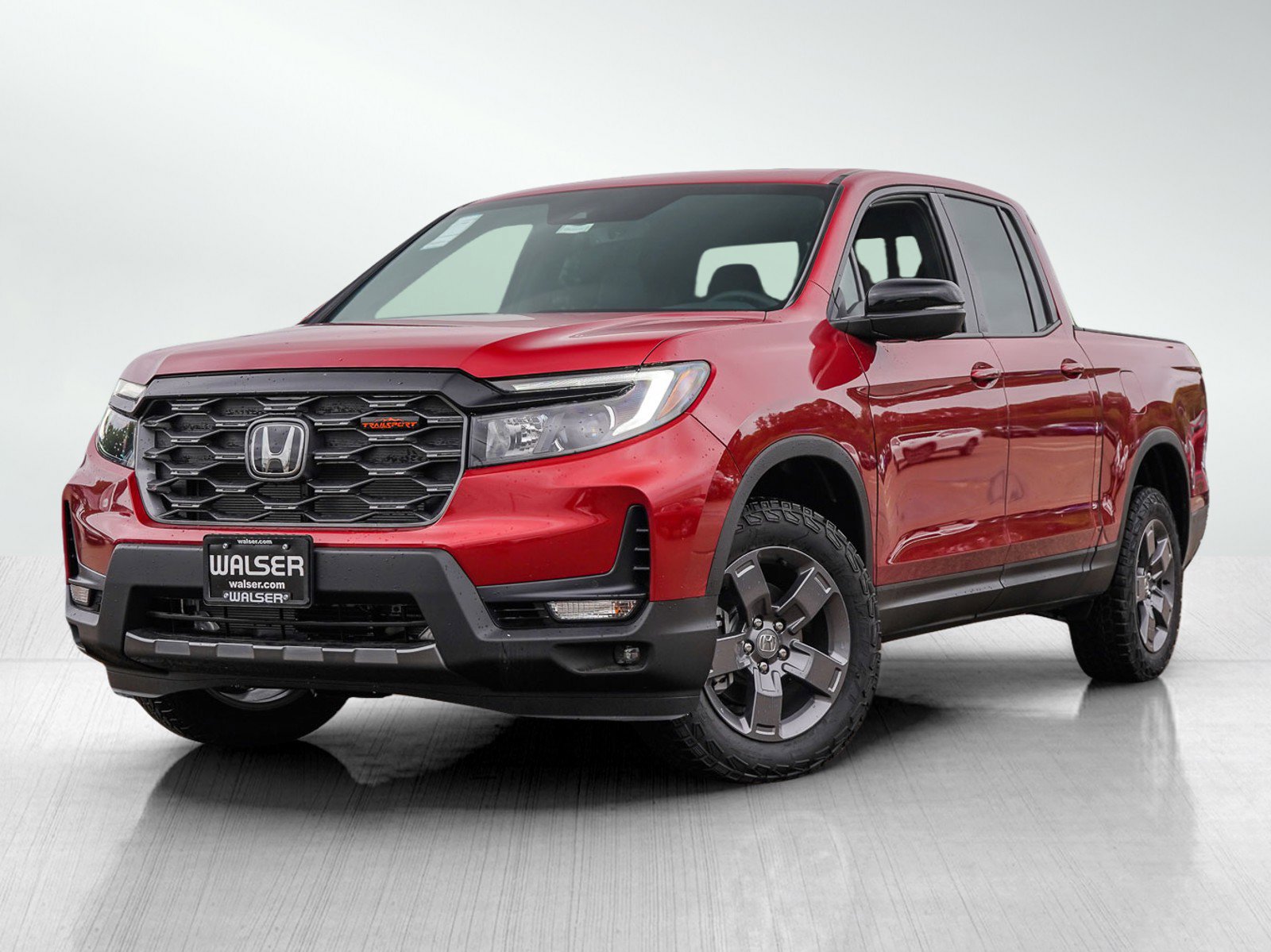
4. Honda Ridgeline
Though it’s technically a unibody pickup, the Honda Ridgeline deserves a place on this list thanks to its exceptional transmission reliability. Honda vehicles are often known for long-lasting powertrains, and the Ridgeline is no exception. Its 6-speed and later 9-speed automatics are refined, well-matched to the V6 engine, and generally trouble-free when properly maintained.
One of the key advantages of the Ridgeline is that it’s not typically used for extreme towing or off-roading, which reduces stress on the transmission. Instead, it appeals to light-duty users who value comfort, practicality, and car-like handling. That lower demand on the drivetrain translates into longevity. Many owners report that their Ridgelines go 150,000 miles or more without so much as a hiccup in the transmission.
Honda also emphasizes software optimization and precise engineering tolerances, which helps their transmissions shift smoothly and consistently over time. Although some early 9-speed models had quirks, Honda addressed many of these through software updates. The Ridgeline offers a stress-free ownership experience, and the transmission plays a major role in that.
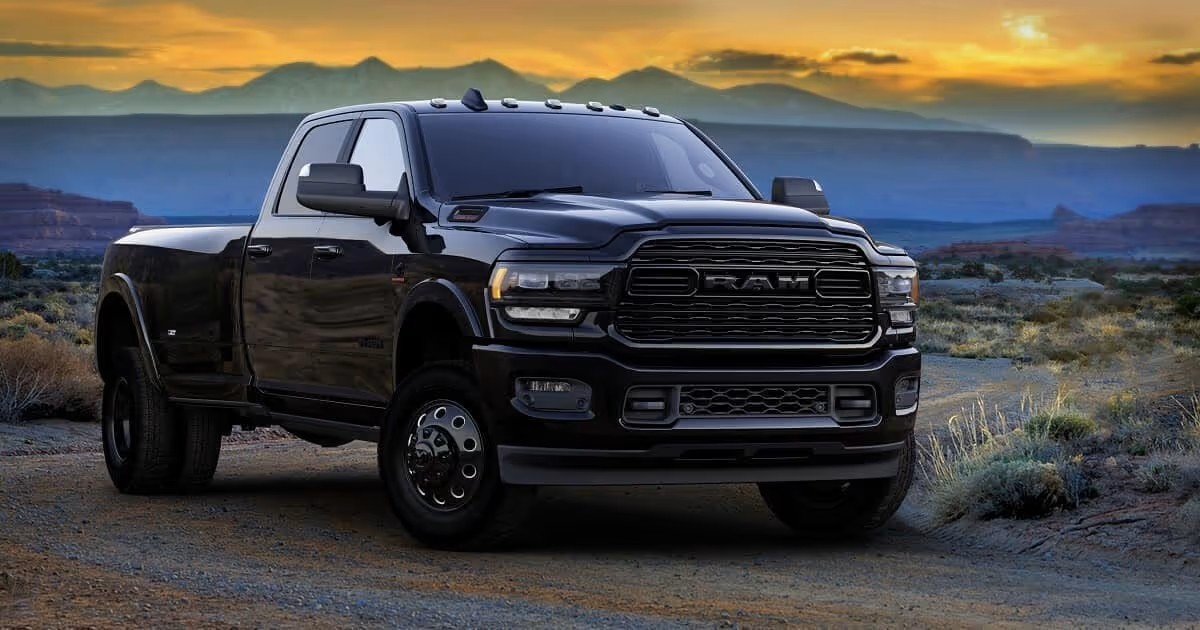
5. Ram 2500 with Aisin Transmission
The Aisin transmission, available in certain configurations of the Ram 2500—particularly those with the high-output Cummins diesel—offers impressive reliability. Designed for commercial-grade use, this transmission is built to handle significant torque without succumbing to the wear and tear that plagues lighter-duty gearboxes. It’s not just tough—it’s smartly engineered, too.
Compared to the Chrysler-built 68RFE transmission found in lower-output versions, the Aisin is widely considered the superior option. It features stronger internal components, better thermal control, and more precise shift programming. As a result, it’s the preferred choice for those who tow regularly or put their trucks through demanding work cycles. Owners often report trouble-free performance well beyond 200,000 miles.
The only catch? You have to opt for a specific configuration of the Ram 2500 to get it, usually the higher trim levels with the upgraded Cummins engine. But for those who do, the Aisin offers peace of mind that the transmission won’t be the weak link in the drivetrain. It’s a go-to choice for heavy users who still want reliability without frequent trips to the shop.
Trucks That Constantly Burn Out Transmissions
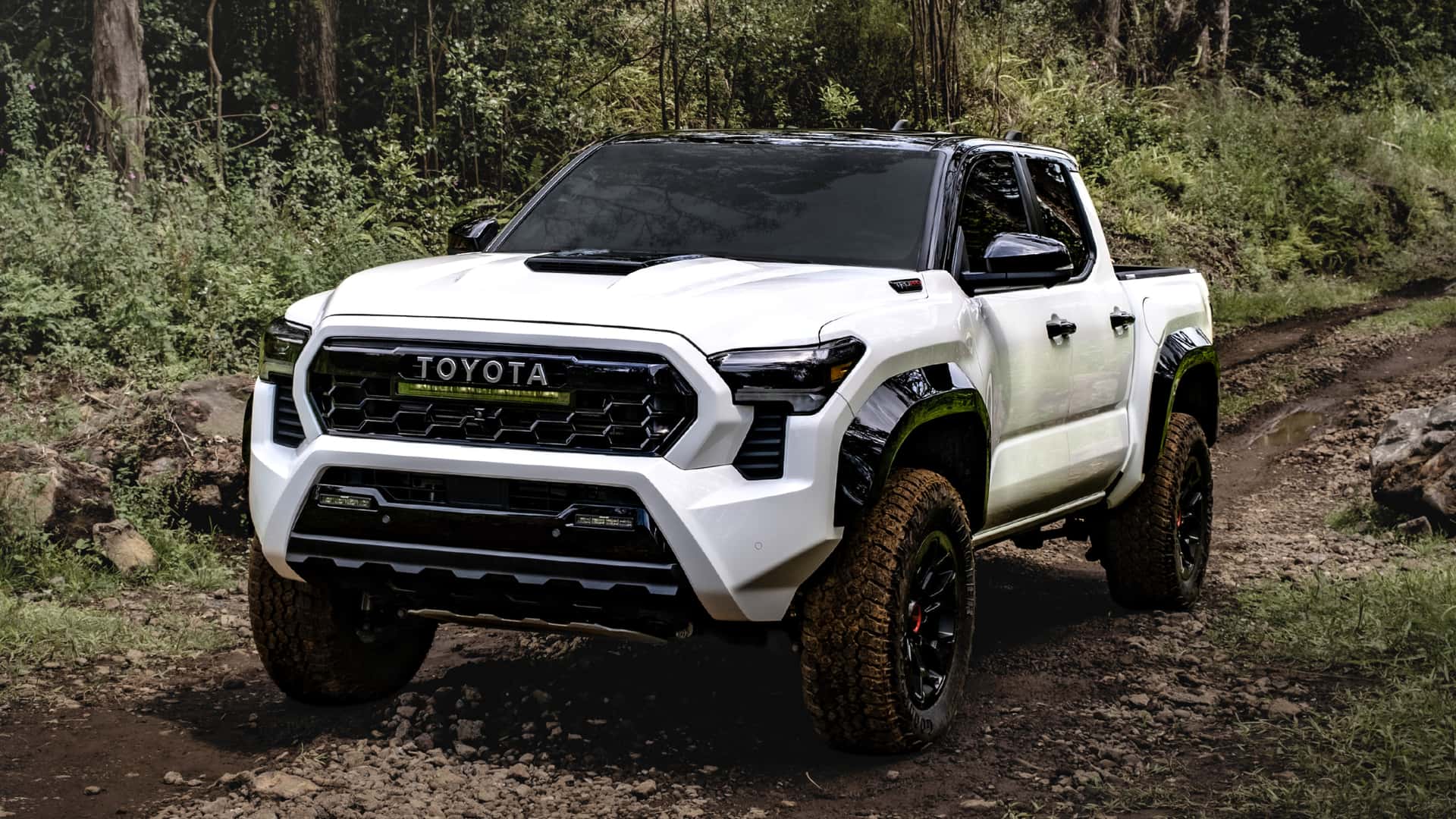
1. Toyota Tacoma (2005–2015 V6 Automatic Models)
While Toyota is typically synonymous with reliability, the second-generation Toyota Tacoma—particularly models equipped with the 4.0L V6 engine and 5-speed automatic transmission—has experienced its fair share of transmission issues.
Owners frequently reported problems with shifting, torque converter lock-up, and transmission hesitation, especially as the mileage climbed past the 100,000 mark. These issues were disappointing, given Toyota’s reputation and the Tacoma’s image as a durable midsize truck.
One of the most notable complaints was related to the torque converter, which often failed to engage properly or caused shuddering during highway driving. This issue not only made the ride unpleasant but also increased wear on the transmission.
The software tuning in these Tacomas sometimes exacerbated the problem, as inconsistent or abrupt gear changes added extra stress to the system. In many cases, Toyota did not acknowledge the problem under warranty unless the vehicle displayed extremely pronounced symptoms, which left many owners dealing with costly repairs out of pocket.
Additionally, the sealed nature of the transmission in these models made routine maintenance more difficult. Unlike older designs with accessible dipsticks and easy drain/fill procedures, the sealed 5-speed in the Tacoma made it harder for owners to perform preventive care.
This led to fluid degradation going unnoticed until it was too late. Combined with the truck’s popularity for off-roading and light towing, this put significant pressure on the transmission’s internal components. While not every Tacoma suffered, the failure rate was high enough in this generation to cast a shadow over an otherwise beloved platform. For buyers considering a used Tacoma from this era, a detailed transmission inspection is highly recommended.
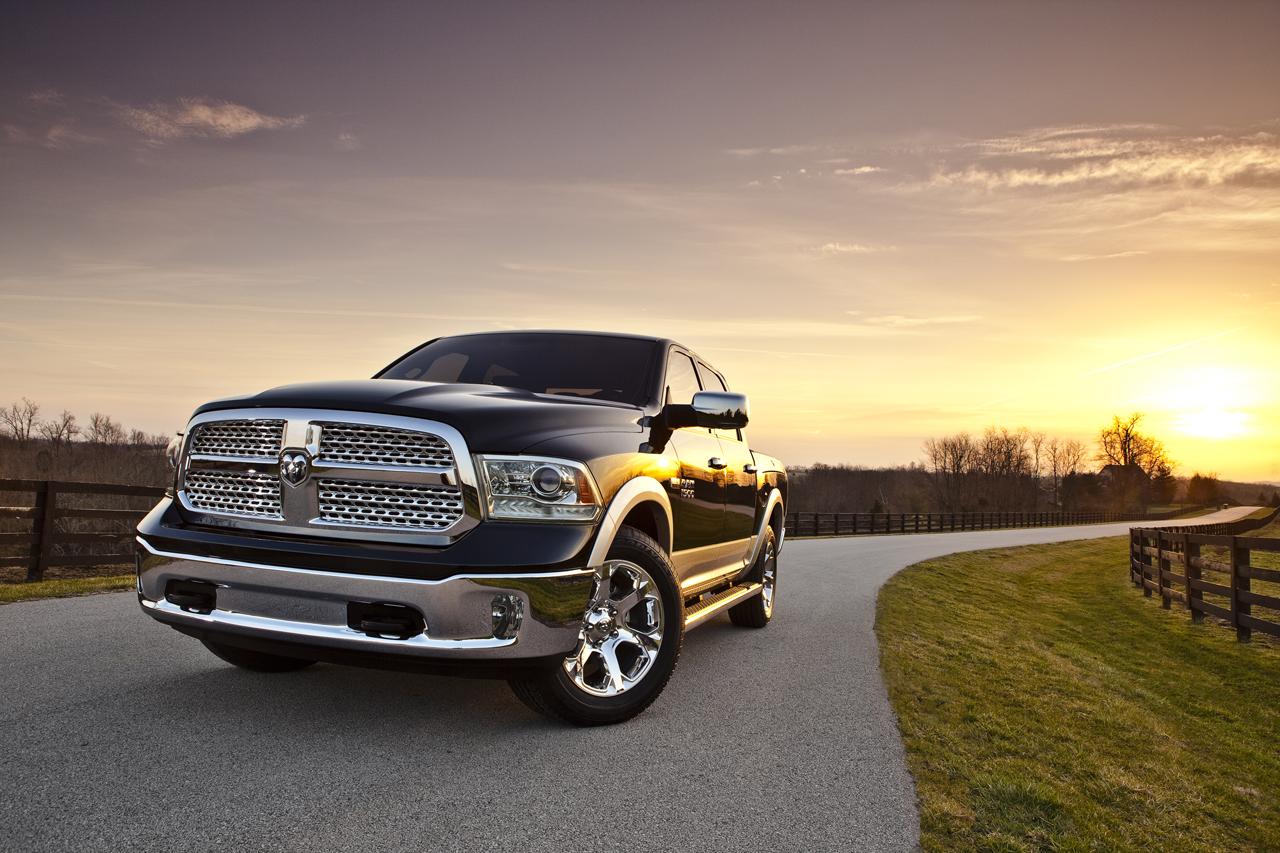
2. Dodge Ram 1500 (2000s Models with 545RFE)
Ask any long-time truck enthusiast about transmission nightmares, and the early-to-mid-2000s Dodge Ram 1500 with the 545RFE transmission will likely come up. While the 545RFE was intended to be a modern, refined automatic gearbox, it ended up being a reliability sore spot.
Numerous owners reported premature failures, often under 100,000 miles, even with light to moderate use. Many of these issues were not only frustrating but also led to costly repairs and an decline in the truck’s long-term reliability.
One of the most commonly cited problems with the 545RFE transmission was its tendency to overheat. Heat is a transmission’s worst enemy, and many owners found that even with routine maintenance, the transmission would fail due to excessive temperatures.
This issue was particularly prevalent in trucks that were used for light towing or heavy-duty driving. The cooler that was installed in the transmission was often not up to the task, allowing the temperature to rise to levels that would accelerate internal wear. This resulted in slipping, rough shifting, and, in the worst-case scenario, a complete transmission failure.
Another issue related to the 545RFE was its problematic shift quality. While the Ram 1500 is known for its power and torque, the transmission didn’t always match up to those capabilities. Drivers often reported harsh or delayed shifts, making the driving experience uncomfortable.
The transmission seemed to struggle to find the right gears, especially when the truck was under load or during acceleration. The slipping and rough shifting would not only affect the truck’s performance but would also put unnecessary strain on other drivetrain components, leading to additional wear and tear.
The 545RFE transmission also had issues with its torque converter, which was another frequent point of failure. In many instances, owners experienced juddering or vibration during acceleration or while cruising at highway speeds. This issue often indicated that the torque converter was failing or had already failed.
Since the torque converter is responsible for transferring power from the engine to the transmission, any failure in this area could result in a significant loss of power and performance. Many owners were forced to replace the torque converter entirely, which is a costly repair, further adding to the vehicle’s maintenance burden.
Adding to the issue was the fact that Dodge made limited improvements or updates to the 545RFE during the production years, leaving many owners stuck with the same problematic transmission. While some aftermarket fixes and upgrades were available, they were often expensive and did not always resolve the core issues of overheating and poor shift quality.
This lack of manufacturer-backed solutions contributed to the growing reputation of the Dodge Ram 1500 as a truck that could not be trusted for its long-term transmission reliability.
Despite the widespread problems with the 545RFE, many owners of the 2000s-era Ram 1500 continued to swear by the truck’s performance and engine reliability. However, they were often forced to choose between regular, expensive transmission repairs or simply living with the occasional rough shift or overheating.
The reputation of the 545RFE was further cemented by the fact that the truck’s engine—the highly praised HEMI V8, in particular—was often left relatively untouched by failure, only to be let down by the fragile transmission.
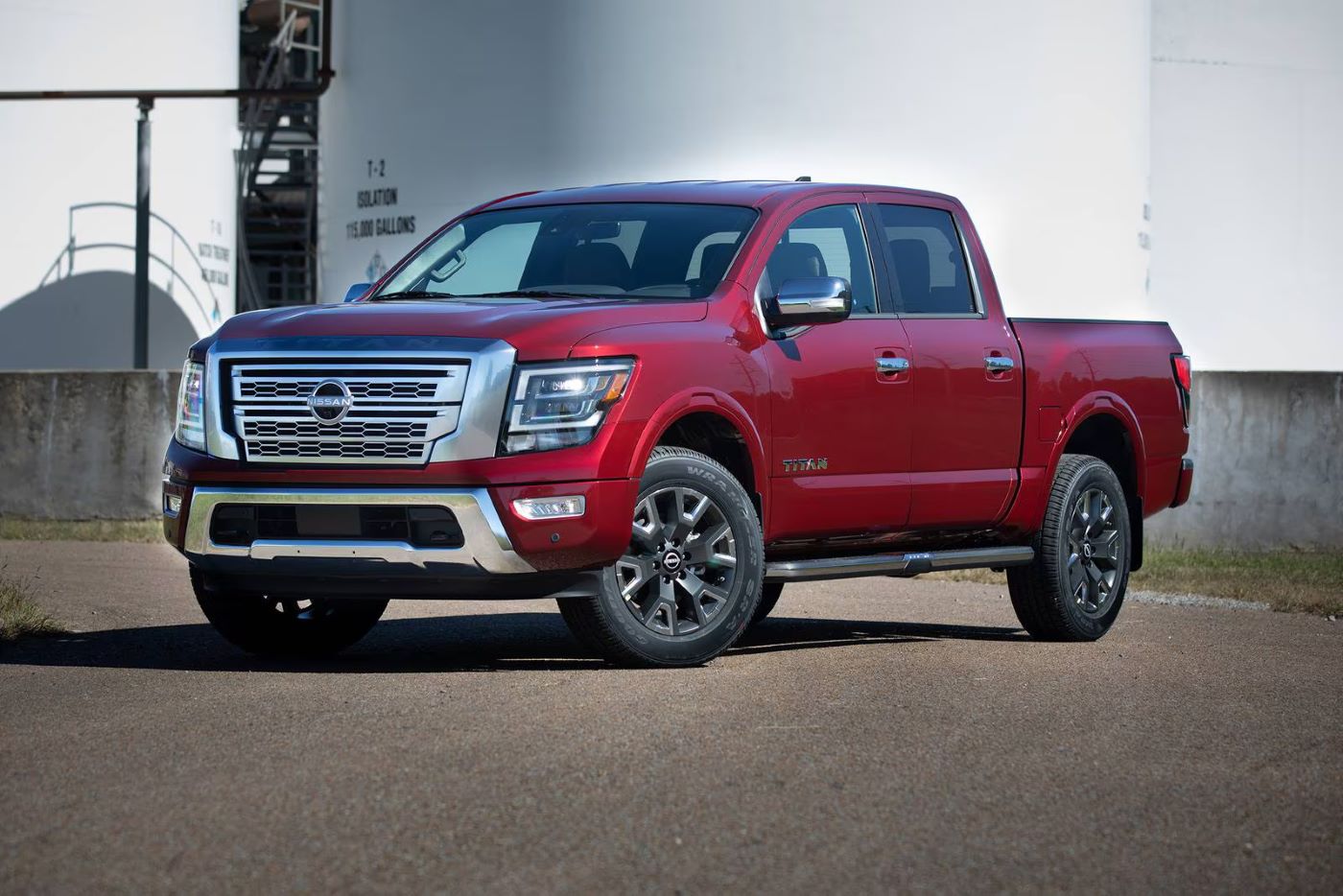
3. Nissan Titan (2004–2015 Models)
The first-generation Nissan Titan entered the full-size truck market with strong ambitions, but one major Achilles’ heel quickly emerged: its transmission. The RE5R05A 5-speed automatic, used throughout the first generation, struggled to handle the demands placed on it by the Titan’s powerful V8 engine.
While the truck itself was appreciated for its aggressive styling and solid performance, the transmission was widely regarded as underbuilt. Many owners experienced slippage, delayed shifts, and even complete transmission failure well before the 100,000-mile mark.
One of the most problematic aspects of the Titan’s transmission was heat management. Nissan did not equip early Titans with sufficiently robust cooling systems, especially in towing configurations. As a result, the transmission fluid would often overheat, breaking down more rapidly than expected and leading to premature wear of internal components like clutch packs and valve bodies.
For trucks used in hot climates or for towing, this issue was exacerbated significantly. Despite aftermarket options like external coolers, the base design of the transmission simply wasn’t built for long-term durability under heavy use.
Adding insult to injury, Nissan’s transmission issues often came with minimal early warning. Owners would report fine performance one day, only to encounter major problems the next. This unpredictability made it difficult to plan for repairs, and in many cases, complete transmission replacement was the only viable fix.
Unfortunately, these problems persisted through multiple model years without significant improvements, which led to widespread distrust in the Titan’s automatic transmission system. Even loyal Nissan customers were left disappointed, as the brand otherwise has a reputation for dependable drivetrains in its other vehicles.
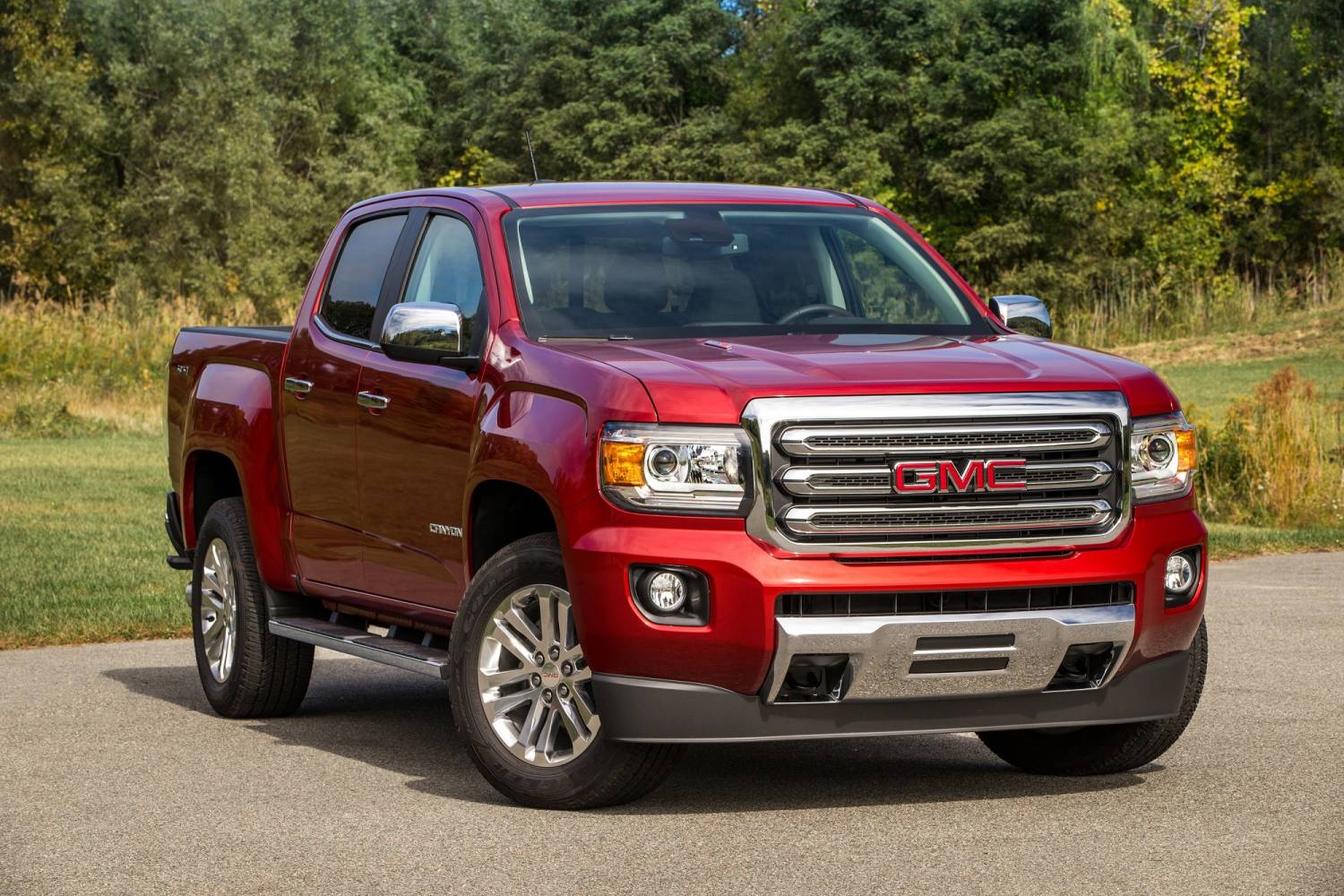
4. Chevrolet Colorado/GMC Canyon (2004–2012 Models)
The first-generation Chevrolet Colorado and GMC Canyon were introduced as midsize alternatives to the full-size Silverado and Sierra, but unfortunately, they inherited a host of reliability problems—chief among them, transmission failure.
Equipped primarily with the 4L60E 4-speed automatic transmission, these trucks were notorious for burning through transmissions well before reaching 150,000 miles. While the 4L60E had been used in other GM vehicles, it proved particularly ill-suited for the Colorado/Canyon’s driving dynamics and towing demands.
The 4L60E suffered from numerous internal weaknesses, including poor shift solenoids, fragile sunshells, and weak clutch packs. In the context of a truck—even a smaller one—these issues were exacerbated, especially when owners tried to tow trailers or drive aggressively.
The transmission’s calibration was also questionable, leading to erratic shifts and a generally “slushy” driving feel that made it difficult to trust under load. Once problems began, they often cascaded quickly, with slipping gears and sudden loss of drive being common failure points.
Additionally, GM’s failure to significantly improve or revise the transmission during the model run led to continued dissatisfaction from owners. Many resorted to aftermarket rebuilds with upgraded components just to get a few more years of use out of their trucks.
Dealerships were inundated with complaints, but GM’s warranty coverage and customer service often fell short of expectations. This hurt the truck’s reputation and resale value. While newer generations of the Colorado and Canyon have addressed many of these concerns, early model buyers were often left footing the bill for major powertrain repairs that seemed to come far too soon.
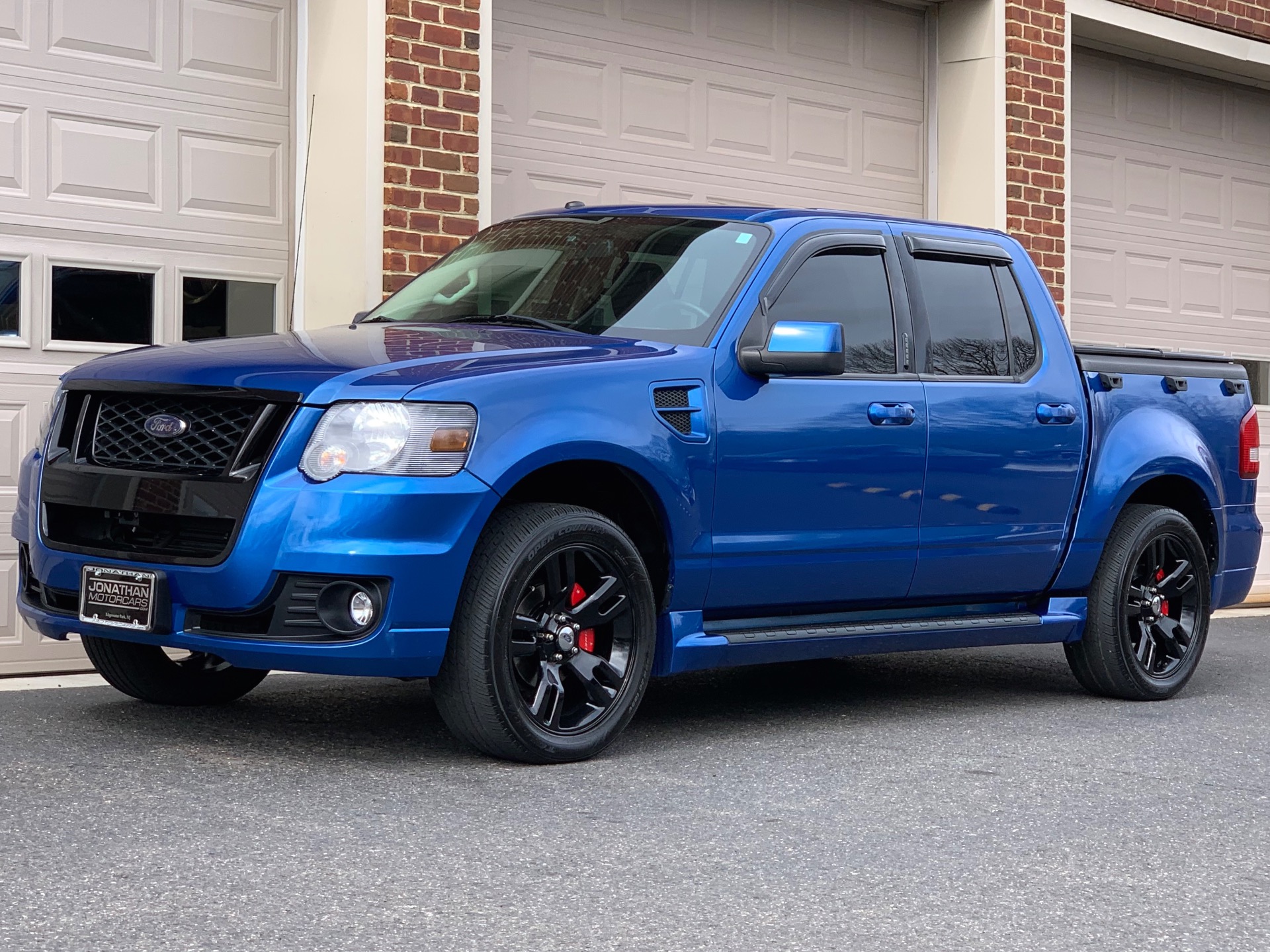
5. Ford Explorer Sport Trac (2001–2010 Models)
Though technically based on the Ford Explorer SUV, the Sport Trac was designed with truck-like capabilities and a rugged aesthetic. Unfortunately, it also inherited one of Ford’s most criticized automatic transmissions: the 5R55E and its variants.
These transmissions were known for frequent solenoid pack failures, slipping between gears, and sudden lurching or hesitation—symptoms that often pointed to looming failure. For a vehicle marketed to active families and light-duty work users, this lack of drivetrain reliability was a serious drawback.
The root cause of these issues often came down to fluid degradation and inadequate internal pressure regulation. Even with regular fluid changes, the transmission’s internals were prone to wear far too early. Shift flares (where engine RPM spikes during gear changes) were a common complaint, and many drivers experienced hard shifting that made daily driving a frustrating affair.
Over time, these issues would progress into complete failure, typically requiring full transmission rebuilds or replacements by the time the odometer hit 120,000 miles or sooner.
Another frustrating aspect for owners was the recurring nature of these failures. Even after repairs, it wasn’t uncommon for the same symptoms to reappear within a few years. Ford’s decision to continue using essentially the same transmission platform across a wide range of vehicles—including the Ranger, Explorer, and Sport Trac—meant that these issues were well-documented. However, little was done to redesign or reinforce the transmission during the Sport Trac’s production run. Many owners simply gave up on the platform altogether, citing transmission costs as the final straw.
Also read: 5 Budget Cars With Premium Feel and 5 That Feel Stripped Down
Choosing a truck isn’t just about horsepower, bed size, or styling—it’s also about making a sound investment in reliability. The transmission, though often taken for granted, can make or break that investment.
Trucks like the Toyota Tundra, Ford F-150 (with the 10-speed), and Silverado 2500HD with the Allison transmission represent examples of engineering done right—where long-term durability is baked into the design. These vehicles often remain on the road for 200,000 miles or more, thanks in part to their robust, carefully tuned gearboxes.
In contrast, trucks like the Dodge Ram 1500 with the 545RFE, or the first-generation Nissan Titan, serve as reminders that even a powerful engine can’t save a truck from a flawed transmission. Poor heat management, underbuilt internals, and software issues plagued these models, turning what could have been reliable workhorses into recurring repair projects. For anyone relying on a truck for work or travel, these problems aren’t just an inconvenience—they can be financially devastating.
When shopping for a truck—new or used—it pays to do more than kick the tires. Look into the specific transmission that comes with the model and engine configuration you’re considering. Check owner forums, repair histories, and common failure points. While every vehicle requires maintenance, picking a truck with a known, durable transmission can mean the difference between years of dependable service and a garage full of regret.

